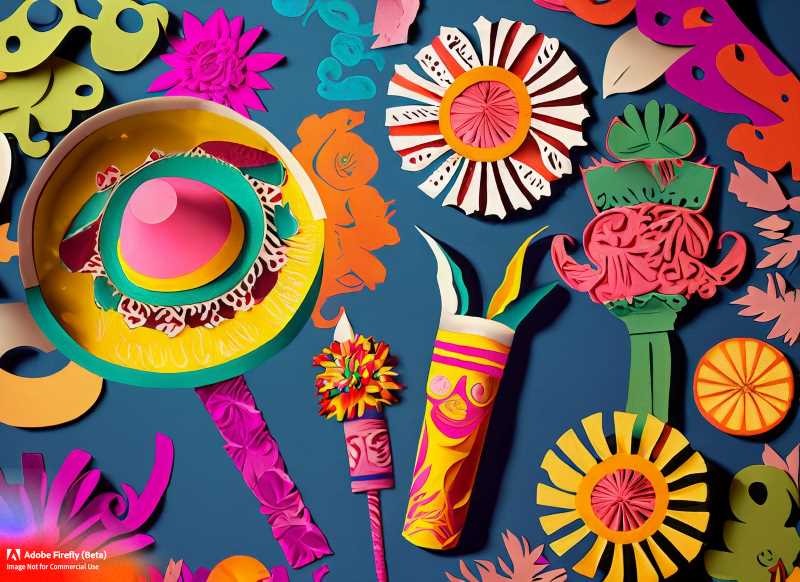The Use of Cut Paper or Papel Picado in Mexican Festivities
Discover the beautiful art of cut paper, also known as papel picado, in Mexican culture. Learn about the history and skill of the artisans, and how it is used in Mexican festivities. This vibrant and intricate art form is a feast for the eyes and an essential part of Mexican celebrations.





